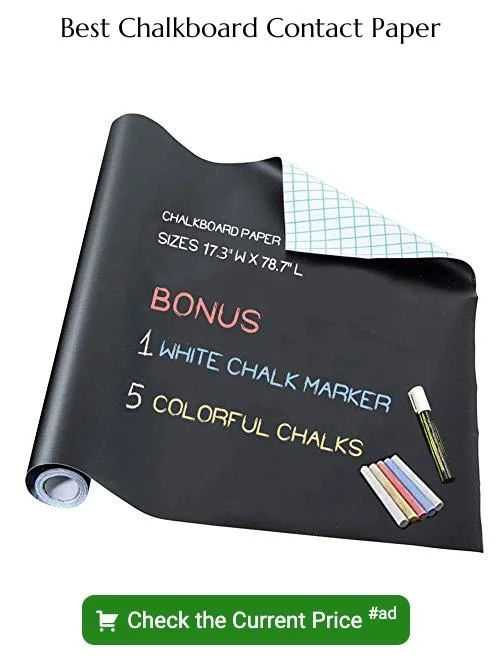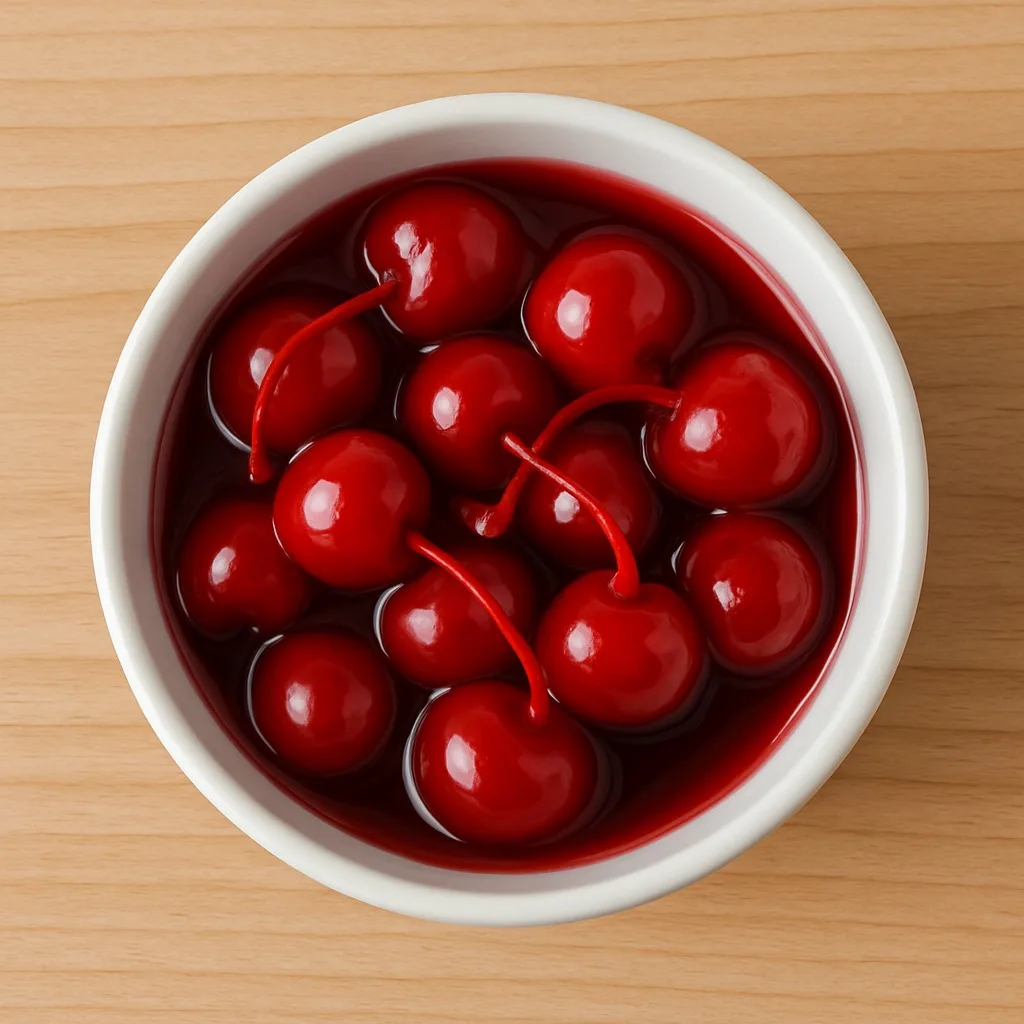Last updated on
Unleash your creativity because chalkboard paper turns any ordinary surface into a customizable canvas, opening a world of endless possibilities for artistic endeavors and practical applications.
Key takeaways:
- Adhesive Chalkboard Contact Paper: Stick to any flat surface.
- Magnetic Chalkboard Paper: Holds magnets, perfect for interactive boards.
- Chalkboard Vinyl Rolls: Cover extensive areas, like classroom walls.
- Chalkboard Contact Paper with Gridlines: Helps with precise cuts and fitting.
- Colored Chalkboard Paper: Playful twist, great for decorations and organization.
- For functional and decorative use:
- Label pantry items, create homeschool boards, feature promotions, make crafts, and customize events.
- Advantages:
- Customizable and easy to install.
- Repositionable without residue.
- Dust-free and glare-minimizing.
- Compatibility with liquid chalk markers.
- Suitable for well-lit areas.
- Installation Process:
- Clean surface, measure, cut, peel and apply.
- Use a straight edge for smoother application.
- Precision cuts for corners and edges.
- Check manufacturer’s instructions for writing/drawing readiness.
- Maintenance and Cleaning:
- Regularly clean with a soft, damp cloth.
- Use mild soap solution sparingly for deeper clean.
- Erase gently, avoiding excessive force.
- Preserve with proper care to prevent ghosting.
- Durability and Longevity:
- Resilient to scratches, resistance to ghosting.
- Strong and long-lasting adhesive backing.
- Accommodates different types of chalk.
- Regular, gentle maintenance is key.
- Safety Considerations:
- Ensure strong adhesive, non-toxic materials, and smooth edges.
- Keep away from heat sources and watch for choking hazards.
- Environmental Impact:
- Production can have plastic and pollution impacts.
- Disposal may be difficult, select eco-friendly options.
- Chalkboard Paper Vs. Traditional Chalkboards:
- Lightweight and portable, easy installation, space-saving, customizable, and cost-effective.
- DIY Projects:
- Create custom labels, wall calendars, children’s play areas, event signage, and furniture upgrades.
- FAQs:
- Chalkboard paper is removable and transforms surfaces into writable chalkboards.
- Yes, chalkboard paper can be erased using a Magic Eraser or specialized cleaners.
- Chalk can be used on chalkboard paper and can be erased when dry.
- Made by compressing fiber, applying adhesive, and coating with a chalk-friendly film.
- Typical uses include signs, artworks, classroom lessons, table mats, and crafts.
- Chalkboard paper can be used with chalk markers.
Types of Chalkboard Paper
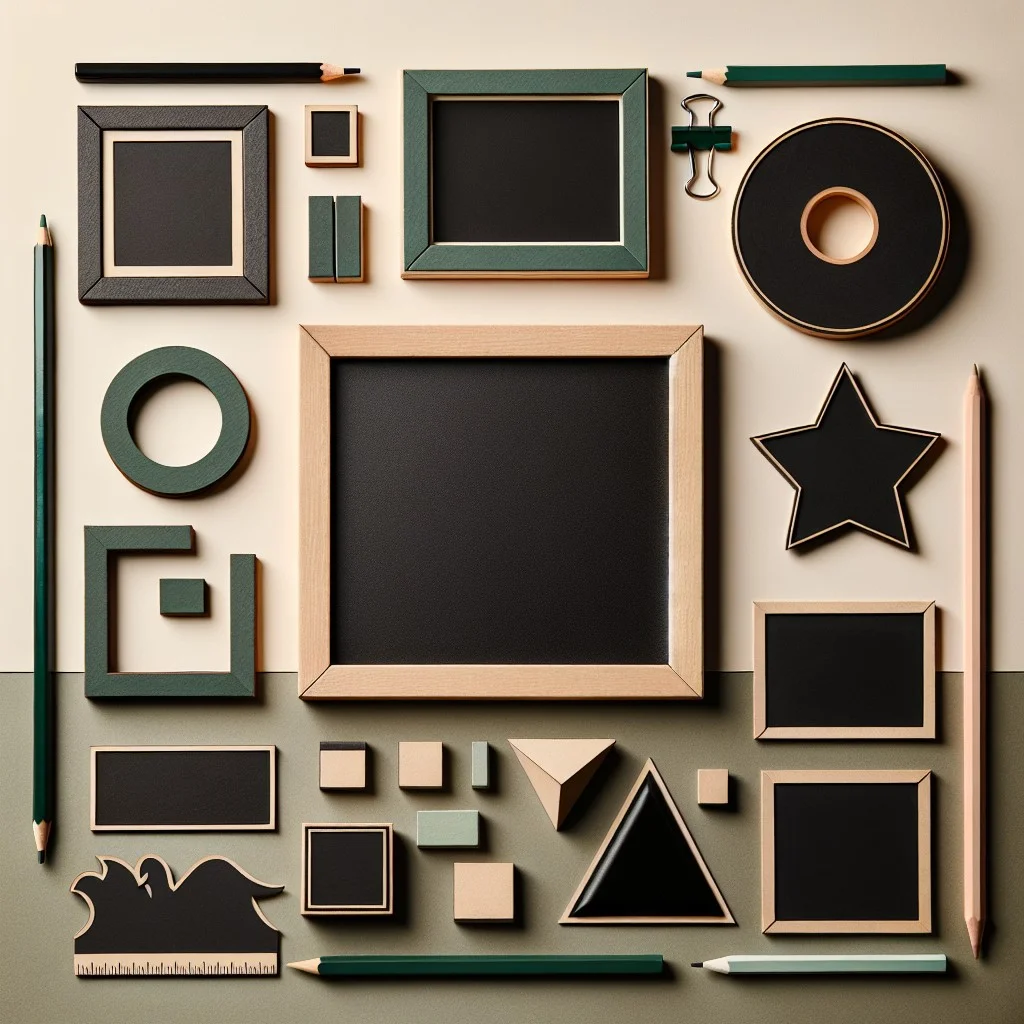
Adhesive Chalkboard Contact Paper:
Flexible and easy to cut, this self-adhesive variety sticks to virtually any flat surface. Ideal for personalizing spaces with creative shapes and sizes, it can be removed and repositioned without leaving a sticky residue.
Magnetic Chalkboard Paper:
Embedded with metal elements, this version not only allows for writing with chalk but also holds magnets. Perfect for interactive menu boards or educational settings where holding documents and pictures in place is beneficial.
Chalkboard Vinyl Rolls:
Durable and versatile, these larger rolls are suitable for covering extensive areas such as classroom walls or cafe menus. They can be applied to smooth walls to create a full chalkboard-effect wall.
Chalkboard Contact Paper with Gridlines:
Marked with gridlines on the backing paper, this type aids in making precise cuts for a cleaner, more professional look. It eliminates guesswork when fitting the paper into specific spaces or creating geometric designs.
Colored Chalkboard Paper:
Moving beyond the classic black or green, colored options offer a playful twist on traditional chalkboard surfaces. They come in various hues and are fantastic for crafting, thematic decorations, or even organizing spaces with a color-coded system.
Applications for Chalkboard Paper
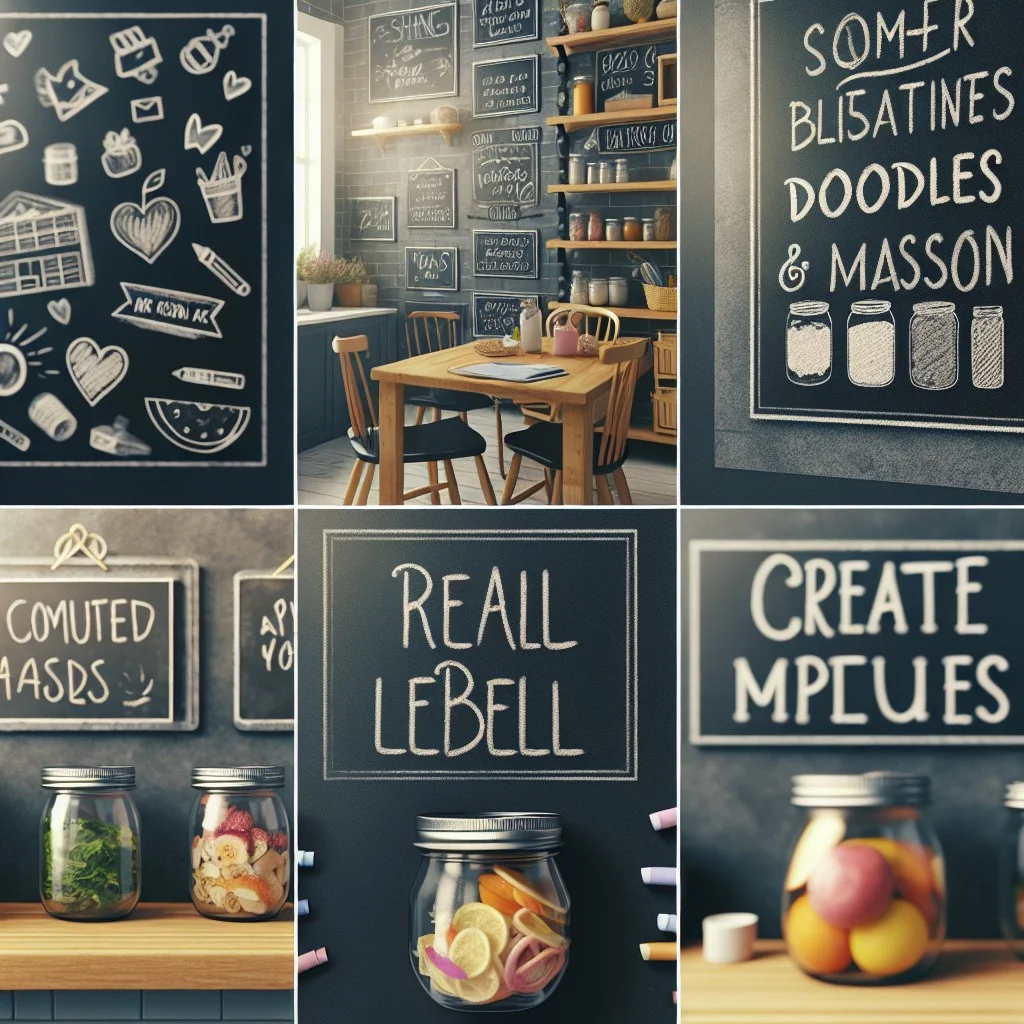
Chalkboard paper transforms ordinary surfaces into writable and erasable spaces, ideal for both functional and decorative use. Here’s how it can be applied:
- Home organization: Label pantry items, spice jars, or toy bins for easy identification and a clutter-free look.
- Education: Create repositionable, space-saving boards for homeschool settings or study areas.
- Business: Use in offices or retail to feature menus, promotions, or to-do lists that change regularly.
- Craft projects: Provide a canvas for kids’ drawings or a base for handmade greeting cards that can be personalized over and over again.
- Event planning: Employ as customizable signage for weddings, conferences, or parties, guiding guests and giving your event a unique touch.
In each application, chalkboard paper offers a versatile and creative solution for organization, expression, and communication.
Advantages of Using Chalkboard Paper
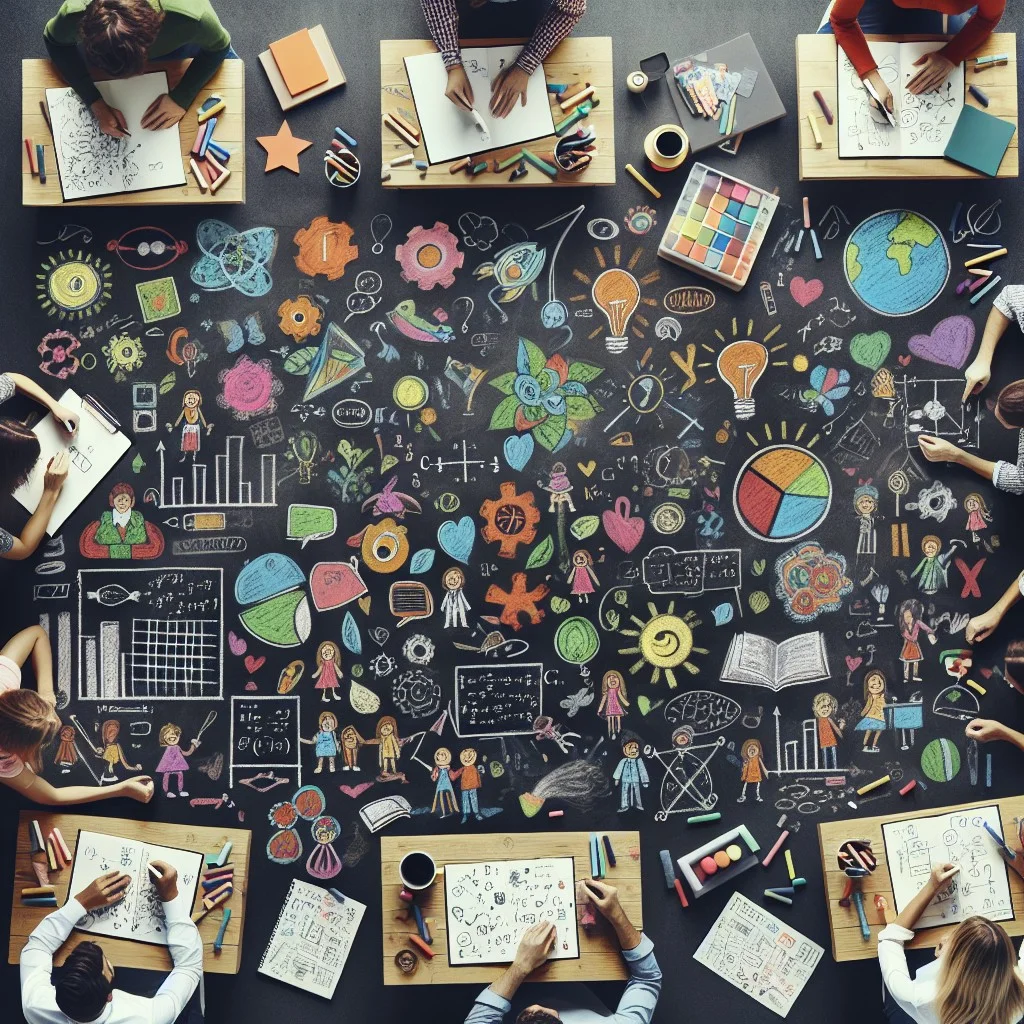
Chalkboard paper offers a versatility that can invigorate spaces and activities. This lightweight material can be cut to any size, creating custom-sized surfaces for writing or drawing. Its ease of installation allows for rapid transformation of walls, doors, or even furniture into dynamic areas for expression or education.
The paper’s repositionable adhesive backing affords the opportunity to relocate it without leaving residue, making it ideal for temporary setups or rental properties.
Moreover, this innovative surface is conducive to a mess-free experience; unlike traditional chalkboards, there’s minimal dust produced during use. The result is a clean, dust-free environment, essential in settings like restaurants or homes with allergy sufferers.
In classrooms, it encourages interactive learning without concern for chalk dust allergies or sensitivities.
The matte finish of chalkboard paper ensures that glare is minimized, which is particularly beneficial under bright lights or direct sunlight, making it a practical choice for well-lit areas.
And with the accessibility of colorful liquid chalk markers, chalkboard paper becomes a vibrant canvas for signs, menus, or educational tools, bringing a splash of color to the conventional monochrome chalkboard experience.
Installation Process for Chalkboard Paper
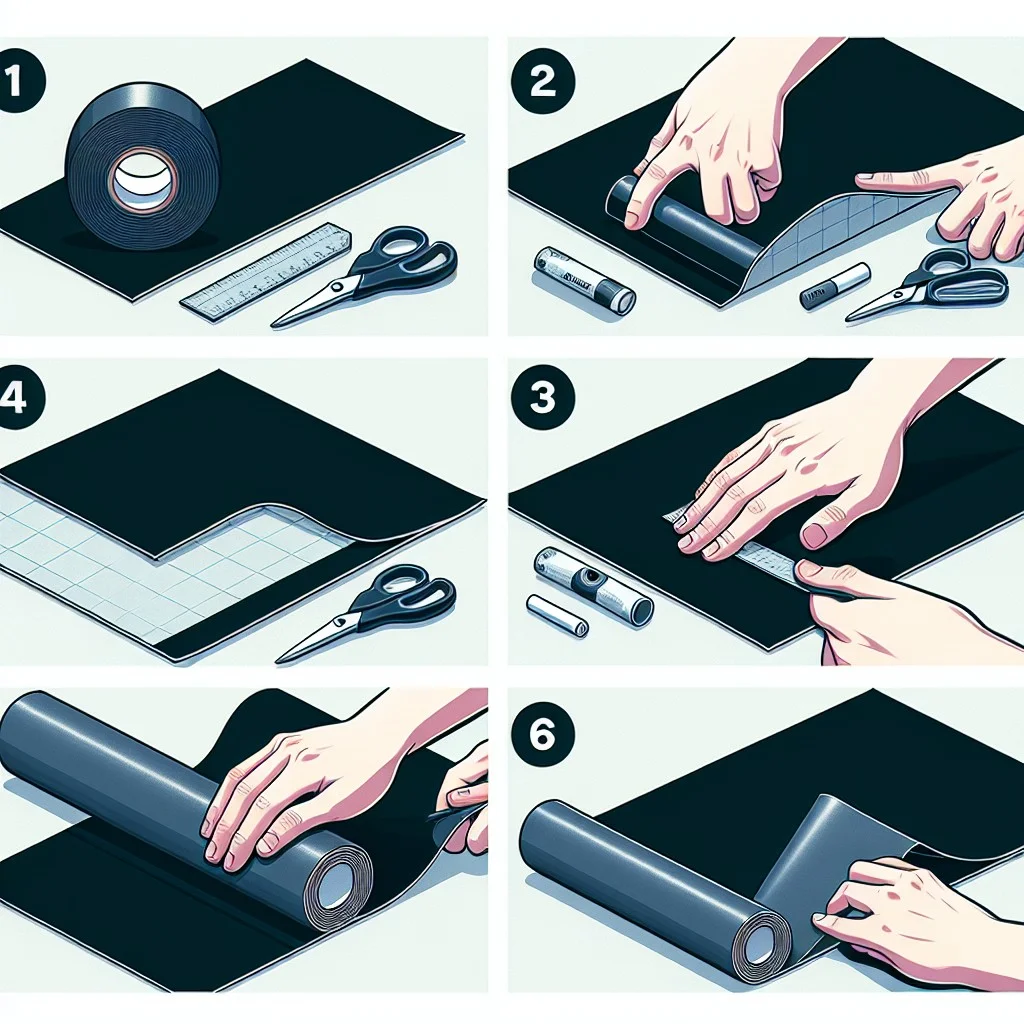
For a smooth installation, start with a clean, flat surface. Any dust, dirt, or texture can affect adhesion, so take the time to prep the area. Measure the space you intend to cover and cut the paper to size, allowing a bit extra for trimming.
Peel the backing off carefully to avoid creases. If possible, enlist a friend to help manage the paper. Apply from one corner and smooth it out as you go to eliminate air bubbles. A squeegee or straight edge can assist in this process.
For corners and edges, use a sharp craft knife for precision cuts. This will ensure your chalkboard paper fits seamlessly. If imperfections appear, gently peel back and reapply as necessary.
The adhesive is usually strong enough for immediate use, but some products may recommend waiting a moment before writing or drawing. Review the manufacturer’s instructions to ensure optimal performance.
Maintenance and Cleaning Guidelines
For optimal upkeep of chalkboard paper, regular cleaning is recommended. To maintain its look and functionality, use a soft, damp cloth to wipe the surface gently, which will remove chalk residue without causing damage.
For a deeper clean, a mild soap solution can be applied sparingly, followed by a thorough rinse with water. Avoid harsh chemical cleaners as they can strip the paper’s special coating.
To prevent ghosting, which is faint traces of past drawings or writing, make it a routine to clean the paper after each use. If using chalk markers, ensure they are specifically designed for use with chalkboard paper to make cleaning more manageable and to retain the surface quality.
When erasing, avoid excessive force that could scratch or wear down the surface. For stubborn marks, a melamine foam eraser, also known as a magic eraser, can be effective, but should be used sparingly to preserve the paper’s integrity.
Regular maintenance ensures longevity and continuous enjoyment of your chalkboard paper creations.
Durability and Longevity of Chalkboard Paper
Crafted to withstand the rigors of daily use, chalkboard paper is typically coated with a resilient layer that resists scratches and wear. The longevity can be impressive, often mirroring the life span of traditional chalkboards when used with care.
Some key points to note include:
- Resistance to Ghosting: Quality options are designed to minimize ghosting, allowing for a clean slate with regular cleaning.
- Peel-and-Stick Versatility: Many chalkboard papers feature a strong adhesive backing that adheres well to various surfaces without peeling off, retaining its stickiness over time.
- Conducive to Both Liquid and Standard Chalk: The surface is generally accommodating to different chalk types, which can affect the paper’s overall life; using dust-free chalk can extend its longevity.
- Proper Care: Regular cleaning with a damp cloth helps maintain the paper’s integrity, preventing the buildup that can degrade the surface.
Remember, the key to extending the life of your chalkboard paper lies in gentle, consistent maintenance.
Safety Considerations When Using Chalkboard Paper
When incorporating chalkboard paper into your space, prioritize safety by considering the following points:
–Adhesive Quality: Ensure the paper’s adhesive is strong enough to securely attach to surfaces without peeling or creating a choking hazard for small children.
–Non-Toxic Materials: Confirm that both the chalkboard paper and the chalk used are non-toxic, especially in environments frequented by children and pets.
–Smooth Edges: Trim the paper carefully to avoid rough or sharp edges that could pose a cutting risk.
–Proximity to Heat Sources: Position chalkboard paper away from heat sources to prevent adhesive degradation and potential release of fumes.
–Choking Hazards: For homes with young children, watch out for small pieces that could detach and become choking hazards.
Prioritizing these safety measures ensures that the use of chalkboard paper remains a fun and secure addition to any creative or organizational project.
Environmental Impact of Chalkboard Paper
When considering the environmental footprint of this versatile material, it’s important to examine both the production and disposal stages. Chalkboard paper typically consists of a vinyl or paper base with a chalkboard finish. The production of vinyl, a type of plastic, involves processes that can release chemicals into the environment, contributing to pollution and requiring fossil fuels.
In terms of disposal, traditional recycling facilities may not accept chalkboard paper due to the specialized finish that prohibits easy breakdown. This means it can end up in landfills, where it doesn’t biodegrade and could potentially release toxins over time as it slowly decomposes.
However, some manufacturers are turning towards more eco-friendly options, utilizing recycled paper and less toxic adhesives. Consumers can make a positive impact by selecting products that emphasize sustainability and by making efforts to repurpose or recycle their chalkboard paper at the end of its useful life. Look for products certified by environmental standards, which ensure lower impacts on nature during production and after disposal. Furthermore, opting for high-quality, durable chalkboard paper reduces the need for frequent replacements, ultimately minimizing the material’s environmental footprint.
Chalkboard Paper Vs. Traditional Chalkboards
When weighing the options between chalkboard paper and traditional chalkboards, several considerations come into play:
- Portability: Unlike the heavy, fixed nature of traditional chalkboards, chalkboard paper is lightweight and can be easily moved, making it ideal for temporary setups or mobile applications.
- Ease of Installation: Chalkboard paper can be adhered to various surfaces with minimal effort, whereas installing a traditional chalkboard typically requires hardware and a more involved setup process.
- Space Requirements: The adhesive backing of chalkboard paper allows it to be applied directly onto walls, saving valuable room space, which conventional chalkboards cannot offer due to their bulky frames.
- Surface Variety: While traditional chalkboards are limited to their rigid, predefined size, chalkboard paper can be cut and customized to fit irregular spaces or create multiple writing surfaces in different locations.
- Cost Effectiveness: Due to fewer materials and simpler manufacturing processes, chalkboard paper often presents a more affordable option than its traditional counterpart.
DIY Projects With Chalkboard Paper
Unleash your creativity with chalkboard paper by embarking on a variety of DIY projects. Transform ordinary objects into writable surfaces for both fun and functional purposes.
Custom Labels: Cut into smaller pieces to create labels for jars, boxes, and organizers. Add a rustic touch to your kitchen or workspace while keeping everything neatly marked.
Wall Calendars: Apply larger sheets to your wall to design a fully-customizable calendar. With the ability to rewrite and adjust, this tool will keep you organized in style.
Children’s Play Areas: Cover portions of your child’s playroom walls or furniture for a quick and dust-free drawing space. It’s a playful addition that encourages creativity and easy cleanup.
Event Signage: Ideal for one-time uses such as wedding signs, menus, or directional signage. It’s easy to craft elegant and informative displays that can be altered as needed.
Furniture Upgrades: Give old furniture a novel twist by applying chalkboard paper on tabletops or drawer fronts. It’s a simple way to inject a fun, interactive element into home decor.
With these ideas, you can tap into the versatility of chalkboard paper for numerous projects around the home.
FAQ
What is chalkboard paper?
Chalkboard paper is a removable material that transforms any smooth surface into a writable chalkboard, suitable for classroom projects, arts and crafts, to-do lists, and even creating entire chalkboard walls.
Can you erase on chalkboard paper?
Yes, chalkboard paper can be effectively cleaned using common items like a Magic Eraser or specialized chalkboard cleaners, and if necessary, vinegar can also be used for added effectiveness.
Can you use chalk on chalkboard paper?
Yes, chalkboard paper is designed to be used with chalk, allowing for erasure with a moist rag once the surface is dry.
How is chalkboard paper made?
Chalkboard paper is made by compressing layers of fiber, applying a layer of adhesive, then coating the surface with a special chalk-friendly film.
What are the typical uses for chalkboard paper?
Chalkboard paper is typically used for creating non-permanent signs, artworks, classroom lessons, table mats, menu boards, and for craft and home decor projects.
Can chalkboard paper be used with chalk markers?
Yes, chalkboard paper can be used with chalk markers.
Recap:
